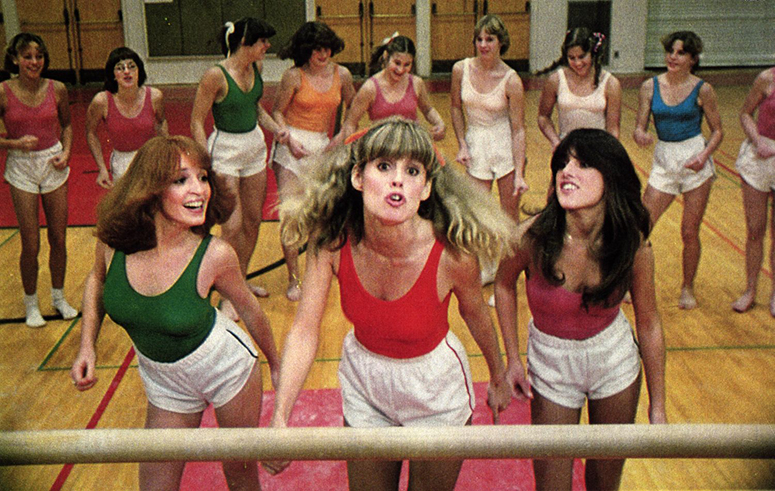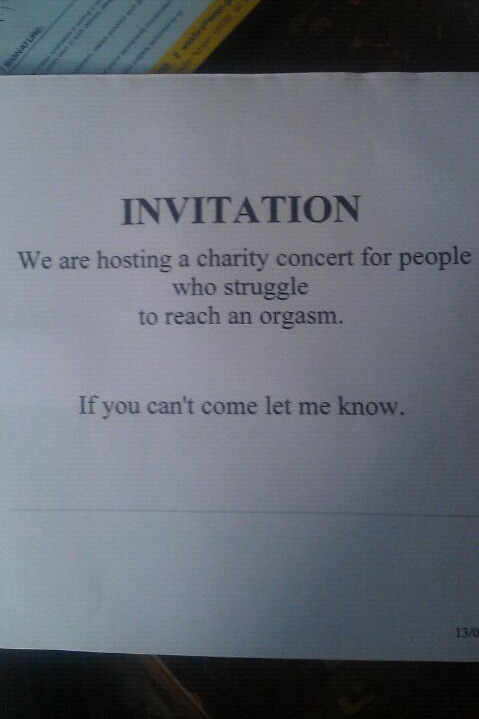Eurocopa de 1976. Checoslovaquia, finalista en los mundiales de 1934 y 1962, está a un penal de la gloria. Eliminó en las semifinales a la Naranja Mecánica holandesa de Johan Cruyff y define el título contra la Alemania campeona mundial de Franz Beckenbauer. Todo el país reza en la definición por penales. Y Antonin Panenka le "pica" el tiro decisivo al gran Sepp Maier. Desde entonces, todo penal "picado", como el del Loco Abreu en Sudáfrica, se tira "a lo Panenka". "Antonin es sólo un futbolista. Pero Panenka -dice una gran revista española de nombre homónimo- es un espíritu atemporal." El video presentación de Panenka (la revista) juega con imágenes de Tiananmen, Martin Luther King, la llegada a la Luna, la caída del Muro. Y habla del "penal insolente de Belgrado" como gesto de rebeldía (http://www.youtube.com/watch?v=OTFBXRYoxjo). El Panenka jugador, que salía a la cancha para "divertir y divertirse", ayudó en 2005 a los hinchas a sacar de la bancarrota al Bohemians, su club. "Power to the people" (El poder al pueblo) cantaba John Lennon en la campaña de rescate. Los hinchas frenaron luego la demolición del estadio Dolicek, en cuyo terreno una empresa quería construir un complejo comercial. Aún hoy presidente de honor del Bohemians, "Tonda", "El poeta del fútbol", anunció a los 65 años su última jugada: será candidato a senador en las elecciones de octubre por el nuevo partido Independientes por Praga 10, liderado por el veterano periodista y activista de derechos humanos Jaromir Stetina.
Muhammad Alí es ícono universal, igual que los atletas del Black Power de México 68. Rebeldes, expulsados y, décadas después, reverenciados. Sus actos inspiraron a miles. Deportistas-ciudadanos más que deportistas-modelo, como lo piden hoy los patrocinadores globales. Diego Maradona inició su desafío a la FIFA en su hora de gloria, México 86, cuando osó criticar con Jorge Valdano el horario de partidos al mediodía para el gusto de la TV, en altura, calor y sol inclemente. "Cállense y jueguen", los cortó Joao Havelange, el poder. Difícil encontrar una rebeldía similar en el fútbol actual. Las luchas de hoy apenas dirimen egos y poder en el vestuario y hasta derriban técnicos. Pero no cuestionan a dirigentes atornillados en sus sillones, que pueden revender entradas, negociar con barras o asociarse a representantes para vender jugadores. Por eso, cobra inusual valor el plantón de la Generación Dorada. No son estrellas del fútbol, es cierto. Pero los líderes de la selección argentina de básquetbol son cracks que lucen títulos, dinero y popularidad. Y que, lejos de elegir un cómodo cierre de ciclo, deciden "embarrarse". Y no por su beneficio personal. Eligen luchar por su deporte. No lo pueden creer. Durante más de una década aportaron talento y esfuerzo colectivo para colocar al básquetbol argentino en la cumbre. Crearon una marca de prestigio: la Generación Dorada. Y se encuentran con alguna dirigencia que, lejos de acompañar, aprovechó la gloria para crear agencias de viajes a nombre de familiares y negociar con financieras amigas. Y que sólo después de la presión pública reconoce deudas, paga salarios atrasados a empleados y acepta una auditoría que aclare por qué se debe hoy tanto dinero. "Elegimos no ser cómplices", dice el capitán Luis Scola. Se sabe lo que Scola ha hecho dentro de la cancha por la selección. Me cuenta gente del básquetbol que acaso sea todavía más grandioso todo lo que Scola ha hecho afuera, silenciosamente, por su deporte. "Líder -dijo alguien- es aquel que ejecuta con su cuerpo lo que dice con su boca." Allí están Manu Ginóbili, Chapu Nocioni y los demás. No hay modo de no acompañar a la Generación Dorada.
La rebelión de la Generación Dorada siguió a otra cercana de parte del plantel de las Leonas. Las situaciones, sin embargo, no parecen equiparables. Jugadoras de peso del equipo que fue ejemplo trabajando como nadie en el Cenard y subiendo casi siempre al podio de cualquier competencia renuncian ahora a la selección a la que le dieron todo. Protestan porque, pese a diferencias que ya eran conocidas, la Confederación no las consultó en la designación del nuevo entrenador. Un argumento atendible según el momento. Pero que, a falta de más precisiones públicas, acaso no alcance como motivo suficiente para fundamentar la decisión siempre difícil de la renuncia. Igual que las Leonas renunciantes, también el rugby suele hablar de "valores". Lo hacía aun en tiempos de puro amateurismo. Pero la palabra ("valores") se hizo más compleja en tiempos de más dinero y de redes sociales. El capitán que antes era un líder elogiado y hasta descripto como un Che Guevara moderno que luchaba contra una dirigencia acomodada hoy, ya dirigente, es equiparado a un Míster Burns que acumula poder y hace negocios. Él y su club de amigos. En cambio, queda afuera el jugador que, como lo hacía antes el viejo Che, pregunta ahora en voz alta y demasiado solitaria por la estafa, por los cheques rechazados, por el cruce de intereses y por el destino de los nuevos dineros. Se queja por el rugby de profesionalismo amateur.
Los movimientos colectivos más interesantes de atletas se han registrado el último año en Brasil. Futbolistas cansados de incumplimientos contractuales de los clubes y de los fixtures maratónicos de la Confederación (CBF) formaron Bom Senso (Sentido Común). Y deportistas agotados de su Comité Olímpico (COB) crearon la ONG Atletas por Brasil. Piden la democratización del deporte. Lograron una ley que autoriza sólo dos mandatos seguidos de la dirigencia, pero que tanto la CBF y el COB ya buscan eludir. "Usen o no dineros públicos, sí usan bandera, himno y «la marca Brasil»", afirma Daniela Castro, directora ejecutiva de Atletas. Por eso, añade, el Estado debe intervenir ante Federaciones que invoquen autonomía para seguir actuando sin rendirle cuentas a nadie. La presidenta Dilma Rousseff, también ella distanciada de ciertos dirigentes eternizados en el poder, recibió dos semanas atrás en Brasilia a ambas entidades. En la Argentina, el trato del Estado a sus deportistas mejoró respecto de tiempos pasados. Explotan, igualmente cada tanto, episodios de Federaciones que repiten agencias de viajes y financieras amigas y, cuanto más pequeñas, se convierten en cotos de caza privados, pero no sólo del dirigente, sino también, en algunos casos, de técnicos y atletas que aprovechan de cierta impunidad y protección mediática.
Patín y judo, por ejemplo, son federaciones que en los últimos años recibieron hasta denuncias penales, acusadas de cobrarles dinero a jóvenes atletas para actividades que ya tenían subsidio. O cobrarle dos veces un pasaje al Estado. También el atletismo fue denunciado por pasajes irregulares. En la natación, peor aún, hubo pasajes de cobro triplicado. Personas aún hoy influyentes en una elección, que obligaron a algunos viajeros a hacer rollitos cada diez mil dólares para entrar por izquierda el dinero de pasajes ya cobrados al Estado, pero que también pagó la Federación Internacional de Natación (FINA). Ya en 1983 un dirigente pidió pasaportes a los 25 viajeros a una competencia internacional y eran tiempos de cepo, cambió dólares de boleto y viáticos para cada uno en el banco donde él era gerente. "Al señor -me cuenta la fuente- le quedaron unos 50.000 dólares de ganancia." La fuente relata casos de dirigentes que han hecho negocios hasta con los deportistas discapacitados.
Tendemos a idealizar al deporte. El sacrificio de sus atletas. Sus hazañas individuales. Sus gestas colectivas. Deportistas como los de la Generación Dorada nos hacen creer que, a veces, esa idealización es acaso un acto de estricta justicia..



 Getty
Getty















